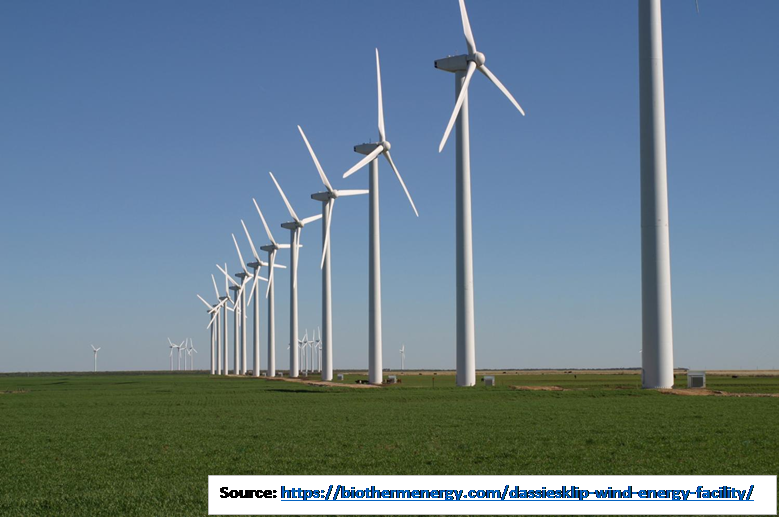Using normalised cross correlation and variance to determine the source of voltage unbalance exceedances in Eskom networks with wind farms
DOI:
https://doi.org/10.17159/2413-3051/2019/v30i2a5658Keywords:
grid code, amend, traction load, independent power producer, transnetAbstract
During an exceedance of the voltage unbalance limit at a busbar there is a need to determine which entity is causing the problem between Eskom, wind farms and other entities that can influence the voltage unbalance at the busbar. There were voltage unbalance limit exceedances at Eskom-K, Eskom-C and Eskom-Z Eskom substations. There was a need to determine which entity was causing the voltage unbalance exceedances at these substations between Eskom, Transnet and wind farms. The normalised cross correlation was used to determine the source of voltage unbalance exceedances at Eskom-K and Eskom-C substation. The normal- ised cross correlation together with the variance was used to determine the source of voltage unbalance exceedances at Eskom-Z substation. The correlation value of Eskom-K voltage unbalance when correlated with the wind farm’s total active power was close to one. The correlation value of Eskom-C voltage unbalance when correlated with the Eskom loads was also close to one. There was a high variance of the voltage un- balance and corresponded to the high variance of the Transnet traction station loads. Based on the correlation and variance results, it was concluded that voltage unbalance at Eskom-K substation was caused by the wind farms. The voltage unbalance at Eskom-C substation was caused by the Eskom loads. The voltage unbalance at Eskom-Z was caused by the traction loads because the Eskom-Z voltage unbalance variance corresponded with the traction load variance.
Downloads
References
Dold, A.J., Ally, M., Balgobind, P., Bhana, D., Cretchley, D.H., Erasmus, D., Geldenhuys, H., Johnson, P.A.,
Koch, R.G., Kruger, D., Küster, M.W., Langbridge, I., Maminza, L. G., Marloth, R., McCurrach, R., Nkalashe, M.V., Nxumalo, D., Schult, C.F. and Sigwebela, I. 2003. Electricity supply – quality of supply: Voltage characteristics, compatibility levels, limits and assessment methods. Standards South Africa. Pretoria. 22-23 .
Pimple, B.B, Vekhande, V.Y. and Fernandes, B.G. 2010.
New direct torque control of DFIG under balanced and unbalanced grid voltage. TENCON 2010 - 2010 IEEE Region 10 Conference. 2154-2158.
Magoro, B. and Khoza, T., South African Bureau of Standards 2014. Grid connection code for renewable power plants (RPPs) connected to the electricity transmission system (TS) or the distribution system (DS) in South Africa.’ South African Bureau of Standards. Pretoria.
Journal of Energy in Southern Africa • Vol 30 No 1 • February 2019
Bollen, M. 2002. Definition of voltage unbalance.’ Institute of Electrical and Electronics Engineers. Power engineering review, vol. 22, no. 11, pp. 49-
Pillay, P. and Manyage, M. 2001. Definitions of voltage unbalance. Institute of Electrical and Electronics Engineers. Power engineering review. vol 21. no 5. pp 50-51.
Kearney, J. and Conlon, M.F. 2007. Analysis of a varia- ble speed double-fed induction generator wind tur- bine during network voltage unbalance conditions. 42nd International Universities Power Engineering Conference. Brighton. England. pp 1060-1064.
Kearney, J., Conlon, M.F. and Coyle, E. 2009. The inte- grated control of the rotor side and grid side convert- ers in a DFIG to reduce both power and torque pul- sations during network voltage unbalance conditions. 2009 44th International Universities Power Engineer- ing Conference (UPEC). Glasgow. Scotland. pp 1-5.

Downloads
Published
Issue
Section
License
Copyright (c) 2019 N. Ntsadu

This work is licensed under a Creative Commons Attribution-ShareAlike 4.0 International License.



.png)